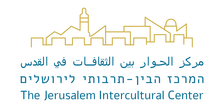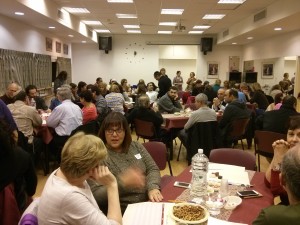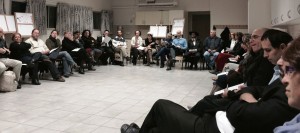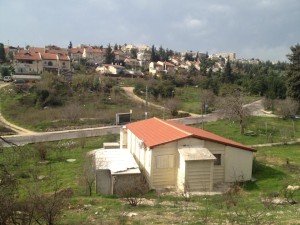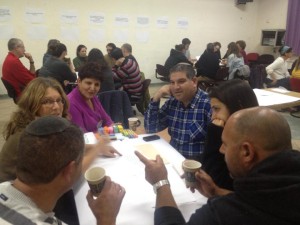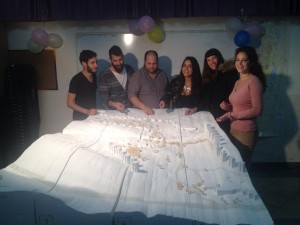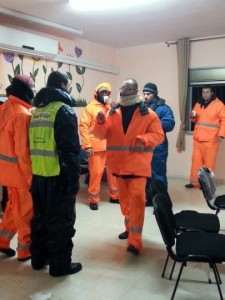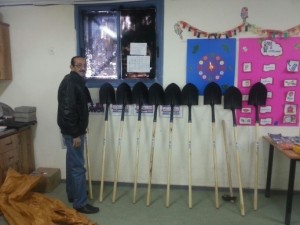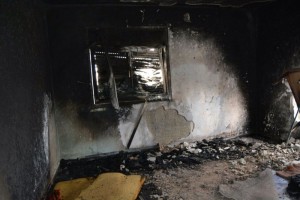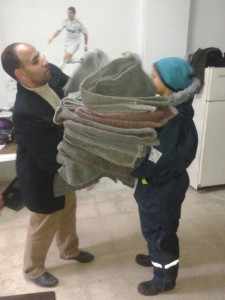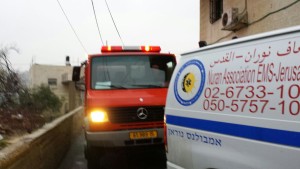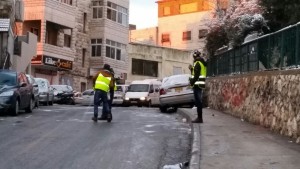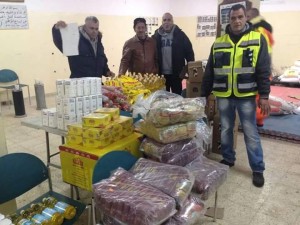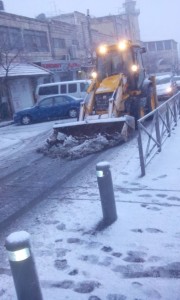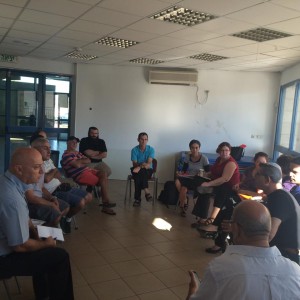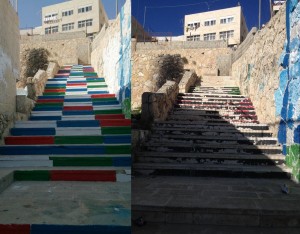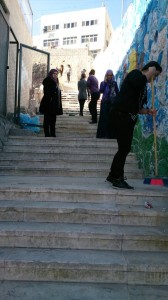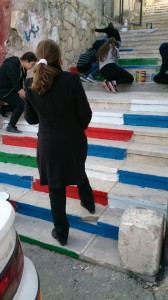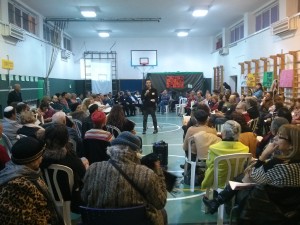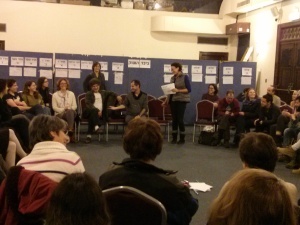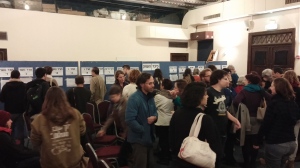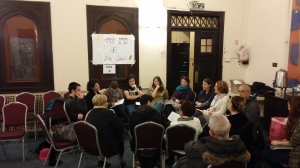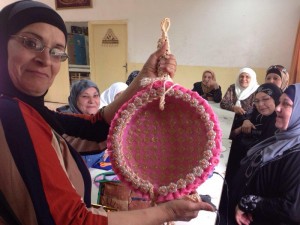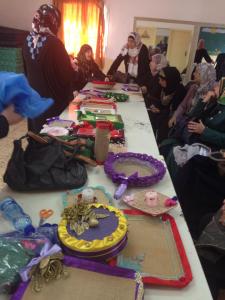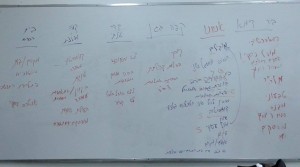Neighborhood Shared Living Forum in Gilo
“I lived in Ramat Eshkol before coming to live her [in Gilo],” said a secular Jew, who participated in the Shared Living Forum that we just finished facilitating in Gilo. “One day, some of the ultra-Orthodox residents were violent toward my family. I knew then it was time to leave.” ”That is not your problem,” responded an ultra-Orthodox man, another participant in the group. “It is our problem. We [the ultra-Orthodox community in Gilo] won’t let that happen here.”
These two people are part of an 80-member Neighborhood Shared Living Forum in Gilo, which sits on the southern tip of Jerusalem. The Forum includes residents from every possible group – religious, secular, ultra-orthodox, immigrants and veteran citizens, and more. Over a period of two months, in four sessions, they formulated a community vision (see the Hebrew document) for shared living community dialogue, as well as developed initiatives to advance that goal. An atmosphere of mutual respect pervaded all the discussions, and everyone was engaged in and committed to the process. In a neighborhood as diverse as Gilo, this was quite a significant achievement.
The first workshop concentrated on introducing the process and discussing examples of positive aspects of a diverse community in Gilo in the past, challenges of having a diverse communities, and their vision for an ideal situation in Gilo.In ensuing workshops the residents focused on principles of community dialogue, including how four principles of community dialogue – dialogue, partnership, fairness and values – can be practically assimilated into community life. Residents also came to agreement on a set of principles for shared living in Gilo, and developed a number of initiatives, from joint study of texts, to work with teenagers, to inter-generational projects to building a community mediation framework. We will be following up with the Gilo Community Council in helping to get these initiatives off the ground.
The Neighborhood Shared Living Forum is part of our greater involvement in the Gilo community over the past few years, part of our Deliberative Democracy in Jerusalem Neighborhoods project, supported by the UJA-Federation of New York. You can read about other processes we’ve facilitated in Gilo here, here and here.
